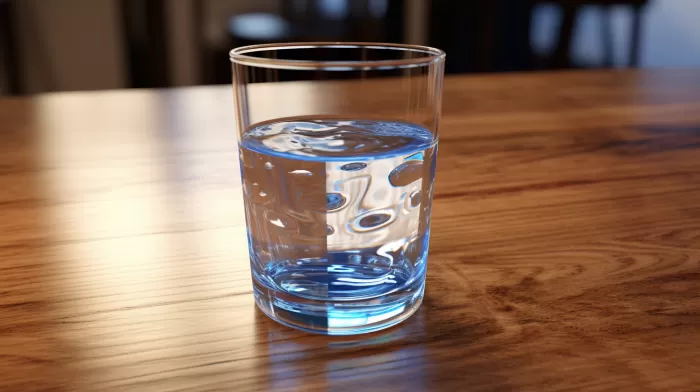Did you know that plastic in your tap water may impair your color vision and potentially cause other permanent eye problems? When it comes to drinking water, many of us probably think that we’re doing something good for our bodies. However, the quality of our tap water and the chemicals within it may have significant, long-lasting consequences.
A Startling Discovery
A research team discovered various health issues in a group of people born between 1969 and 1983 to parents living in eight towns in the Cape Cod region of Massachusetts. These towns all had the chemical solvent tetrachloroethylene (PCE) in their drinking water. This occurred because the pipes had been outfitted with an improperly cured vinyl liner.
Previous studies by Ann Aschengrau, a professor of epidemiology at Boston University School of Public Health (BUSPH), already established associations between PCE exposure and cancer and reproductive and developmental outcomes. The research team found increases in the risks of breast cancer and certain birth defects in their prior investigations.
When Aschengrau and her team tested vision, they discovered that those exposed to PCE made more significant errors in color discrimination than those unexposed. The levels of color confusion were greatest among people with high PCE exposure levels.
Digging Deeper into PCE Exposure
PCE has been implicated in deficiencies in color discrimination in the past, mainly among adults who encountered the toxin in the workplace. This new study, however, is the first of its kind to assess “the associations between prenatal and early childhood exposure to PCE and adult vision,” according to Aschengrau. The findings suggest that “the effects of early life PCE-exposure on color discrimination may be irreversible.”
So, what exactly is PCE? Tetrachloroethylene (PCE) is a volatile organic compound (VOC) often used as a degreasing agent and in the dry-cleaning industry. In previous studies, PCE exposure has been linked to various health issues, including respiratory problems, neurological disorders, kidney dysfunction, and reproductive complications.
It’s crucial to understand the potential impacts of PCE exposure, as the chemical is found in numerous products like adhesives, paint removers, and even some consumer goods. On top of that, PCE has been detected in some drinking water supplies across the United States.
What Can We Do?
While the dangers of PCE exposure are becoming more evident, it’s important to take the necessary precautions to protect yourself and your family. Here are a few suggestions:
- Invest in a water filter: A high-quality water filter can help remove PCE and other contaminants from your tap water. To ensure maximum effectiveness, be sure your filter is designed to remove VOCs like PCE. Regular filter maintenance is also vital to keep your water safe.
-
Choose glass or stainless steel: Opt for glass or stainless steel containers as opposed to plastic ones, which may leach harmful chemicals into your food and beverages. Additionally, these containers may reduce your overall exposure to plastics and potential toxins.
-
Stay informed: Stay up-to-date on the latest research regarding PCE and other potentially harmful chemicals. Check sites like the Environmental Working Group (EWG) or the Environmental Protection Agency (EPA) for updates about potential threats in your area.
-
Know your rights: If you’re concerned about possible PCE exposure in your workplace, familiarize yourself with the relevant Occupational Safety and Health Administration (OSHA) guidelines and your legal rights. Ensure that your employer is adhering to proper safety standards to minimize potential hazards.
The issue of PCE exposure and its effects on vision serves as a stark reminder that we must be diligent in safeguarding our health and the health of our loved ones. While it’s impossible to eliminate all risks, being proactive in minimizing exposure to harmful substances can have a significant impact on our wellbeing. So, take the necessary steps to protect yourself and your family from the potential dangers hidden in our tap water.



